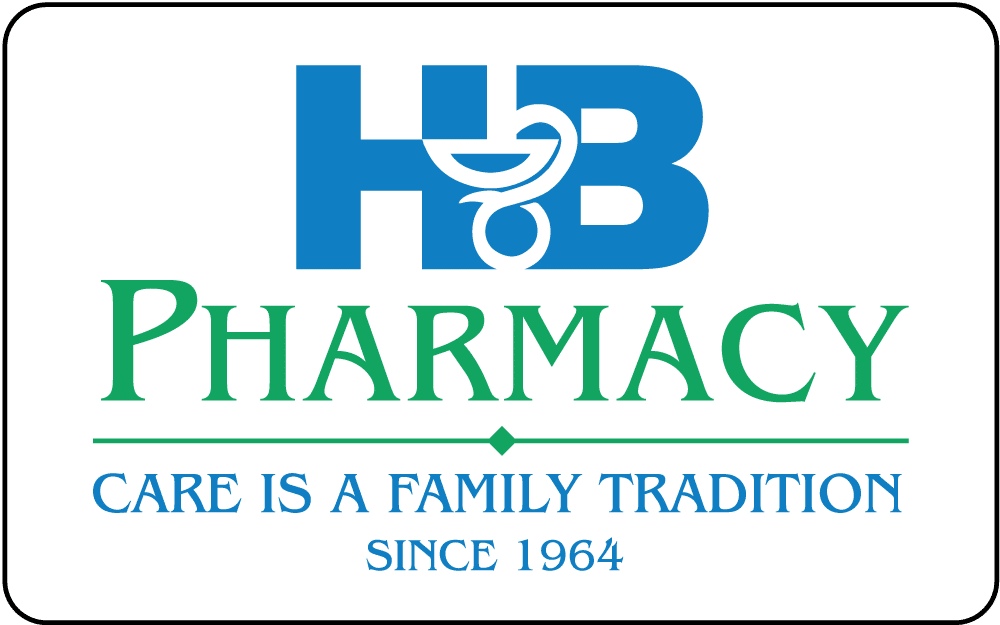Millions of men worldwide suffer with erectile dysfunction (ED), a prevalent disorder that has an effect on relationships, emotional stability, and physical health. Thankfully, there are a number of drugs that can help control ED and improve sexual performance. We’ll examine the various ED medication types in this in-depth guide, including the benefits and drawbacks so you can make well-informed decisions.
Understanding the Options:
Phosphodiesterase Type 5 (PDE5) Inhibitors
PDE5 inhibitors are among the most well-liked and frequently prescribed drugs for ED. Examples of these include vardenafil (Levitra), tadalafil (Cialis), and sildenafil (Viagra). These medications function by amplifying the effects of nitric oxide, a naturally occurring substance that relaxes penile muscles and increases blood flow during sexual stimulation.
Pros:
- High success rates, with efficacy ranging from 60% to 70%.
- Rapid onset of action, typically within 30 to 60 minutes.
- Can be taken as needed, offering flexibility in timing sexual activity.
Cons:
- Potential side effects may include headache, flushing, nasal congestion, and gastrointestinal discomfort.
- Not suitable for everyone, especially those with cardiovascular issues or taking nitrate medications.
- Requires sexual stimulation to be effective.
Intracavernosal Injections (ICI)
Using a tiny needle, patients self-administer medication into the side of the penis during intravenous infusions. This is a common usage for the vasodilator drug alprostadil, which helps to relax blood vessels and increase blood flow to the penis, creating an erection.
Pros:
- High success rates exceeding 80%.
- Rapid onset of action, typically within 5 to 20 minutes.
- Effective regardless of the underlying cause of ED.
Cons:
- Requires self-injection, which can be intimidating for some men.
- Potential side effects may include penile pain, prolonged erection (priapism), and the risk of infection.
- Requires proper training and technique to administer safely.
Intraurethral Suppositories
Small pellets called intraurethral suppositories, like alprostadil (MUSE), are put into the urethra with the use of a disposable applicator. When the suppository is administered, it dissolves and releases medicine into the penile tissue, which helps to achieve an erection.
Pros:
- Non-invasive alternative to injections, suitable for men who are averse to needles.
- Discreet administration and rapid onset of action, typically within 10 to 15 minutes.
- Can be self-administered without the need for special training.
Cons:
- Lower efficacy rates compared to other treatments, ranging from 30% to 40%.
- Potential side effects may include urethral discomfort, minor bleeding, and dizziness.
- Requires proper positioning of the suppository into the urethra, which can be challenging.
Testosterone Replacement Therapy (TRT)
Men with low testosterone levels, which may be a factor in ED, are prescribed testosterone replacement therapy. The goal of TRT is to raise testosterone levels back to normal levels, which will enhance libido, erectile function, and general health.
Pros:
- Beneficial for men with documented low testosterone levels.
- Improves libido, energy levels, and muscle mass.
- Available in various forms, including injections, patches, gels, and implants.
Cons:
- Not effective for all cases of ED, particularly in men with normal testosterone levels.
- Potential side effects may include acne, fluid retention, and exacerbation of sleep apnea.
- Requires regular monitoring of testosterone levels and potential adjustment of dosage.
Choosing the right ED medication involves careful consideration of efficacy, side effects, convenience, and individual health factors. Consulting with a healthcare provider is essential to determine the most suitable treatment option based on your specific needs and medical history. With the variety of medications available, there’s hope for men experiencing ED to regain confidence and enjoy fulfilling sexual relationships once again.
